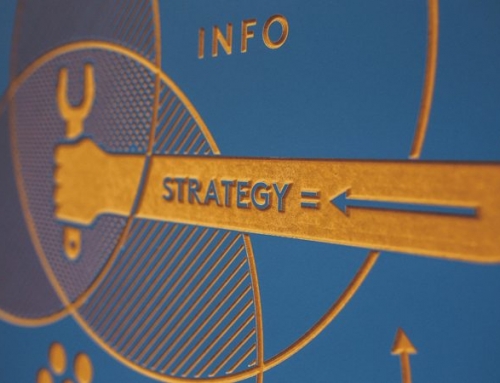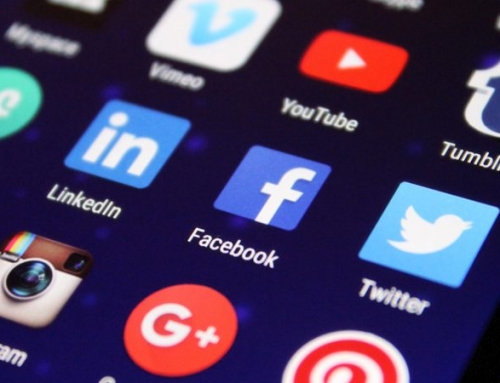Now that home working has become the norm for everybody who isn’t considered a key worker, the practice that was once considered a luxury or an impractical alternative is being actively encouraged by firms who want to keep operating despite the significant economic challenges we all face. For many digital marketing professionals, home working is part of life but for others, being surrounded by their colleagues was an essential part of the creative process. In this article, we offer a few tips on how you can get the best out of your working day when based at home.
Start and End Your Working Day at Set Times
This is so important for a sense of routine and it will also mean that you get into a natural rhythm that can help you to work effectively. The temptation to finish a little bit early or to work late into the night to get caught up on a project may feel too powerful to overcome but in the long run, this kind of approach can lead to burnout. Try to have fairly strict working hours that you stick to as much as possible. A degree of flexibility is obviously acceptable, especially for those who are trying to deal with children or family members while trying to work, but routine is generally considered to be good for both productivity and your mental health.
Keep in Touch with Colleagues
Whether you are having meetings on Google teams or simply emailing briefs to each other, it is essential to maintain a good level of communication while working from home. Providing progress updates can be a good way of offering reassurance to clients or team leaders and it can also help to break up the monotony a little bit. Phone calls and skype conversations are also useful as they provide some semblance of interaction. Working alone on design projects or editing jobs can feel very lonely and this in itself can be disastrous for productivity if you let it get to you. Another option is instant messaging services like WhatsApp. If you need to send quick messages or provide new instructions to a team of employees, this can be one of the most hassle-free ways to do it.
Take Breaks
Many people are tempted to work straight through to try and free up some extra time at the end of the working day, but this is rarely effective. The human brain is only capable of concentrating for a finite amount of time. Even experienced writers, designers and coders will notice a certain amount of cognitive dissonance and a loss of focus after working for too long without a break. One of the good things about home-based working is that you can set your own patterns to suit your natural working rhythms. For some people, short bursts of activity in 20 to 30-minute sections can work well, others prefer to focus for longer periods of time, taking extended breaks when they feel they need to recharge. Whatever works for you is fine, but always factor breaks into your working day. Not doing so will damage your health as well as the quality of your output.
Update Your Software Regularly
This point is particularly pertinent during this uncertain period as cybercriminals have been extremely active recently. As they are aware that the vast majority of people will be working from home, hackers have been exploiting holes in security services and stealing information. Updating software is the quickest and easiest way to prevent this from happening to your business and though it can seem inconvenient, there are ways to avoid the process interrupting your working day. Schedule updates automatically when you can, ideally for a time when you are unlikely to need to use your laptop or other device. Similarly, schedule a general maintenance check once a week to make sure that you have not missed anything by mistake.
Get Dressed
This might sound like an obvious point but it’s very tempting to spend your day in your PJs or your dressing gown when you know that you are unlikely to need to interact with anybody, but studies have shown that psychologically speaking, this may not be the best approach. Getting dressed as if you were going to work helps to keep a sense of routine and also provides a clear division between work and leisure time. You do not necessarily need to wear a shirt or anything too formal but wearing clothes that you would be comfortable working in while out in public is usually a better option than throwing on some sweatpants.
Use a Workflow Management Tool
If you are used to having a manager deliver specific tasks to you in person, using a workflow management tool can be an effective replacement. Things like Trello are often free or relatively low cost and can help you to prioritise tasks at the start of the working day. If you prefer to make physical lists, this can also be effective, providing you remember to update them regularly and cross things off as and when you complete them.
Do Everything You Can to Maintain Focus
This means no TV in the background, no stopping half way through a task to go and make a snack and if you are listening to music or podcasts, make sure it’s the kind of content that puts you in the mood for working, rather than relaxing. Meditation, deep breathing techniques and short bursts of exercise can help to keep your blood flowing and will also offer small, natural breaks. For those with children and families, this can be easier said than done, but delegating tasks such as childcare, meal preparation and other essential household duties can help.
Stop Working, Completely at the End of the Day
Do not be tempted to answer emails, add finishing touches or do anything else work related until you are fully rested. Though the flexibility of working from home can be a brilliant thing, the “always on” culture can also make it incredibly draining. It is essential that you know when to stop.






